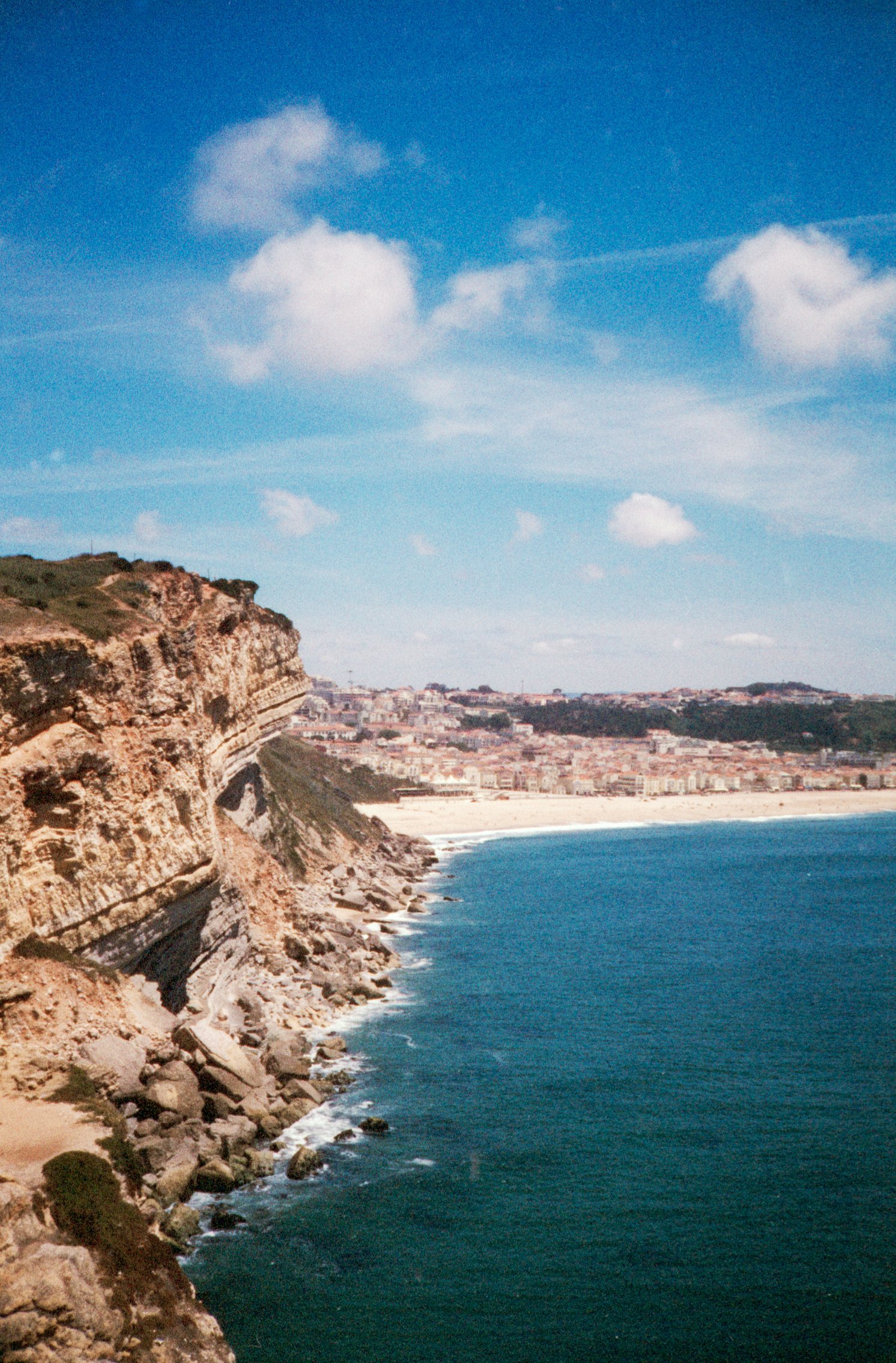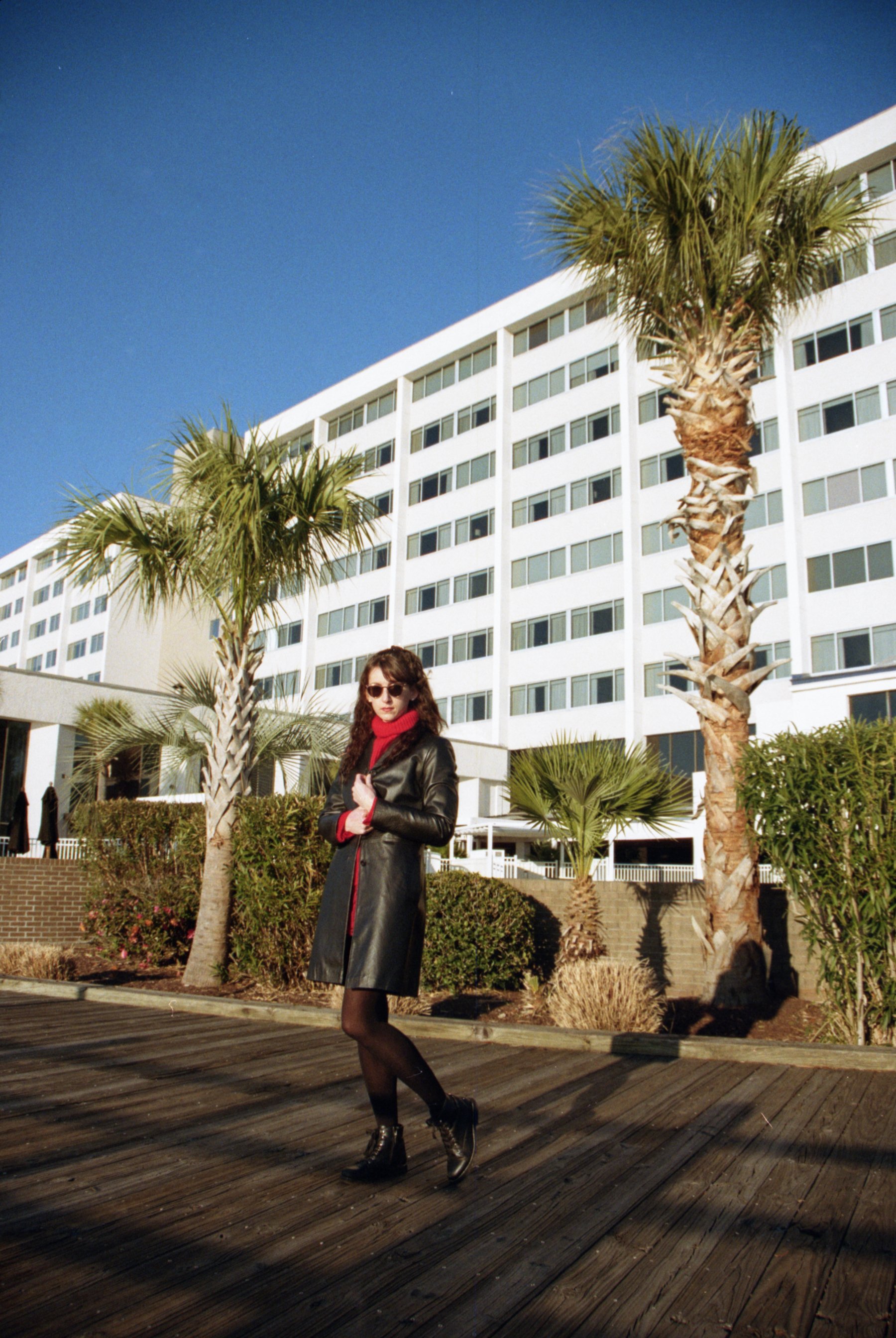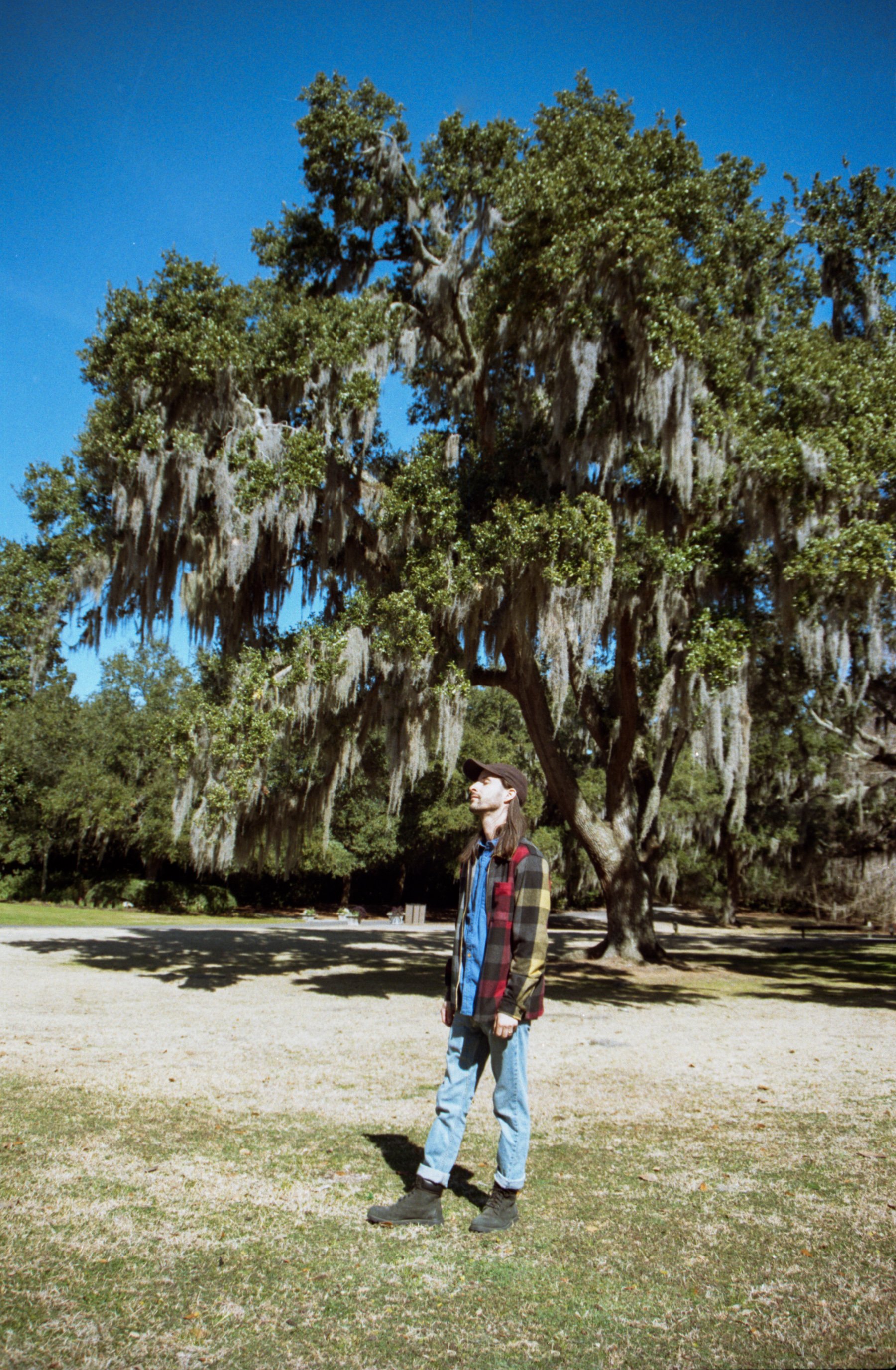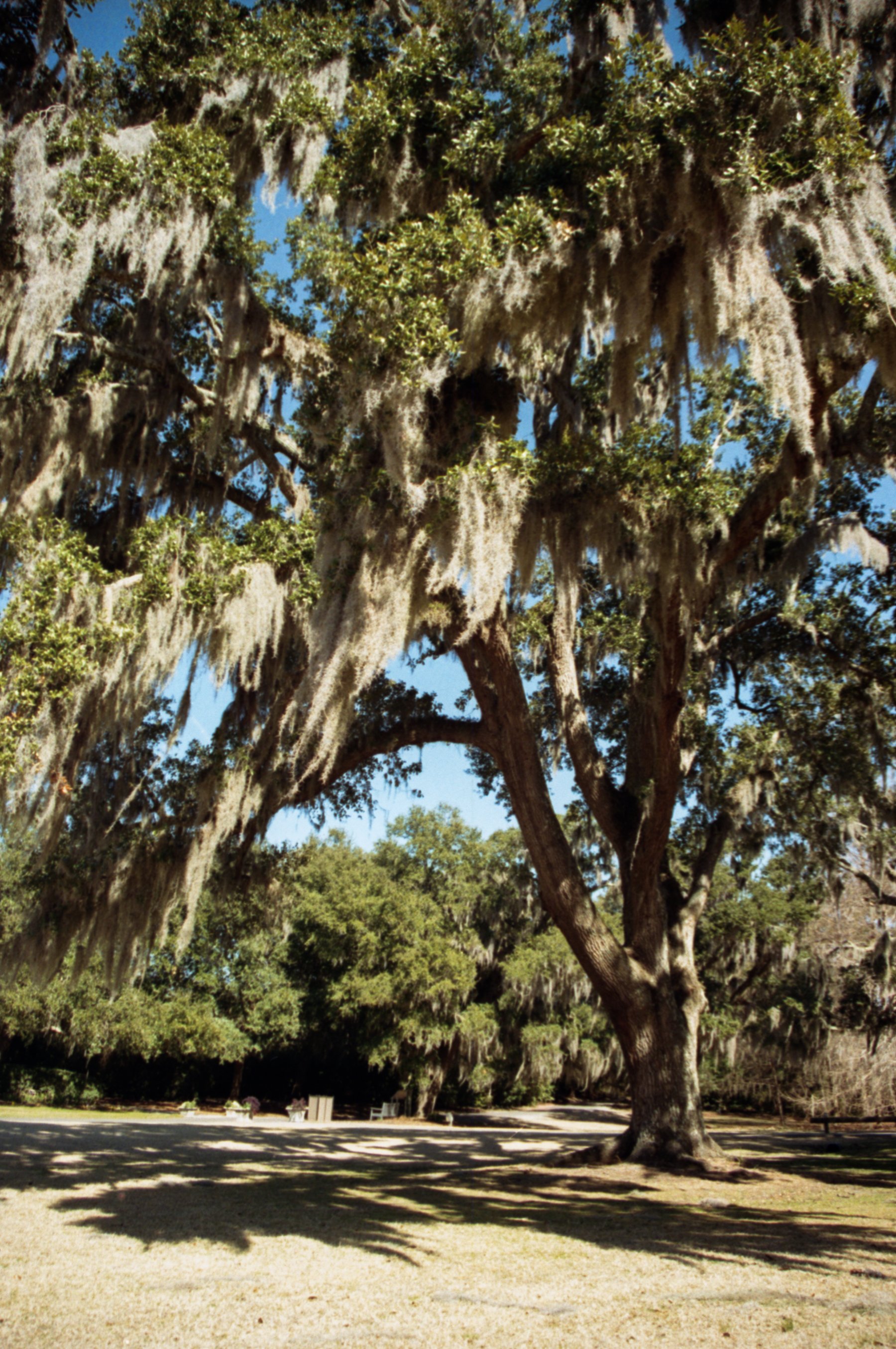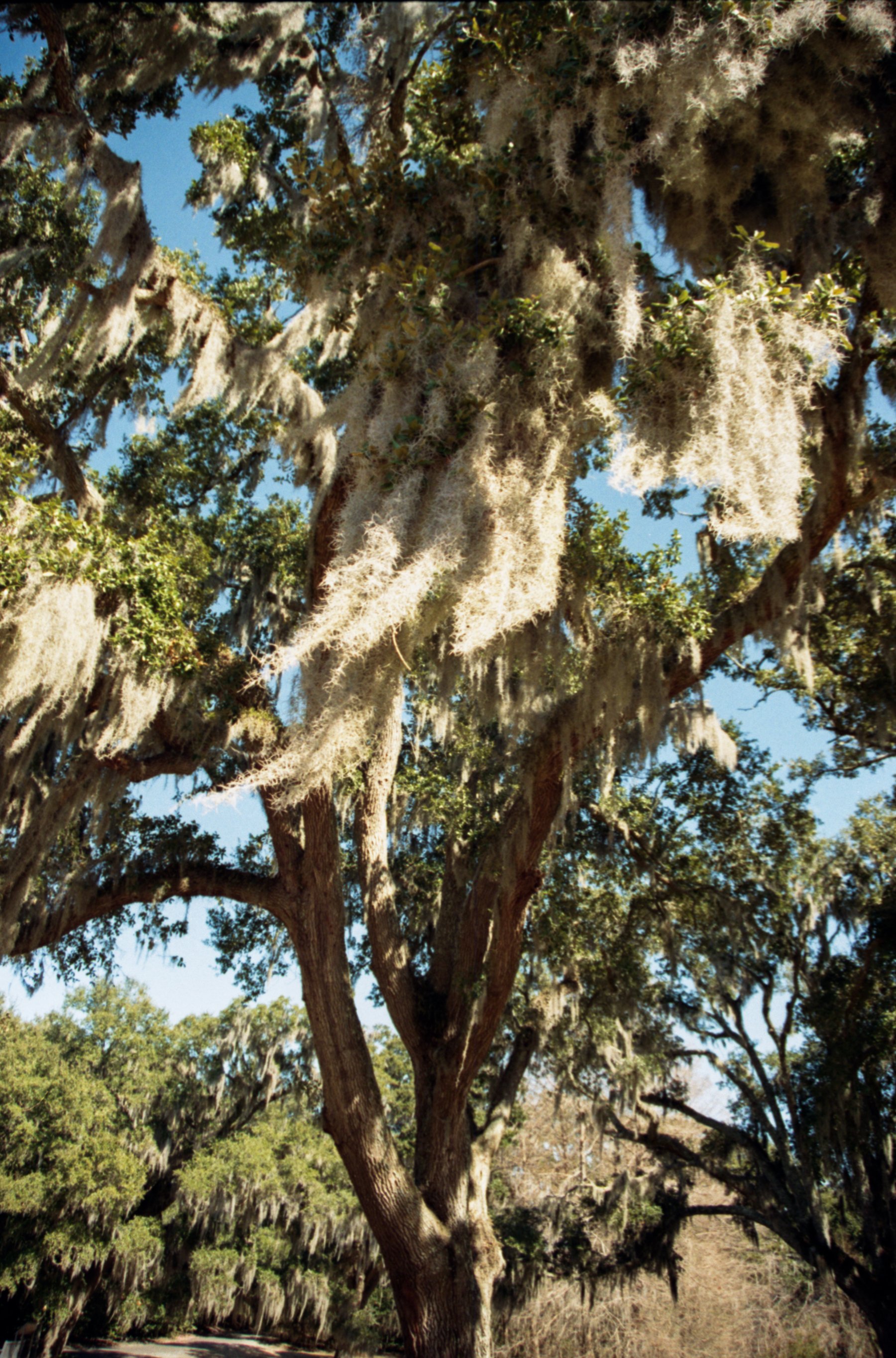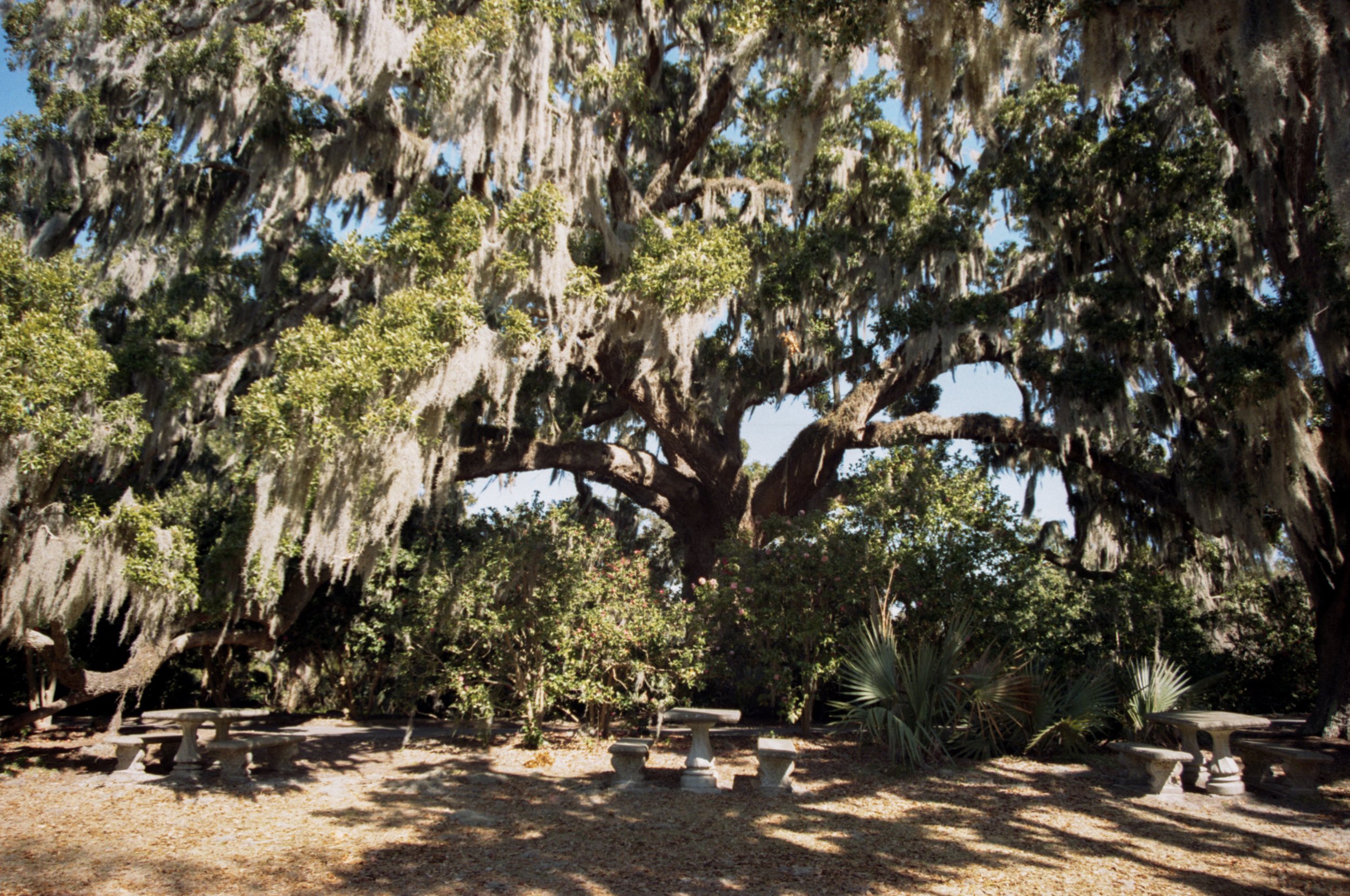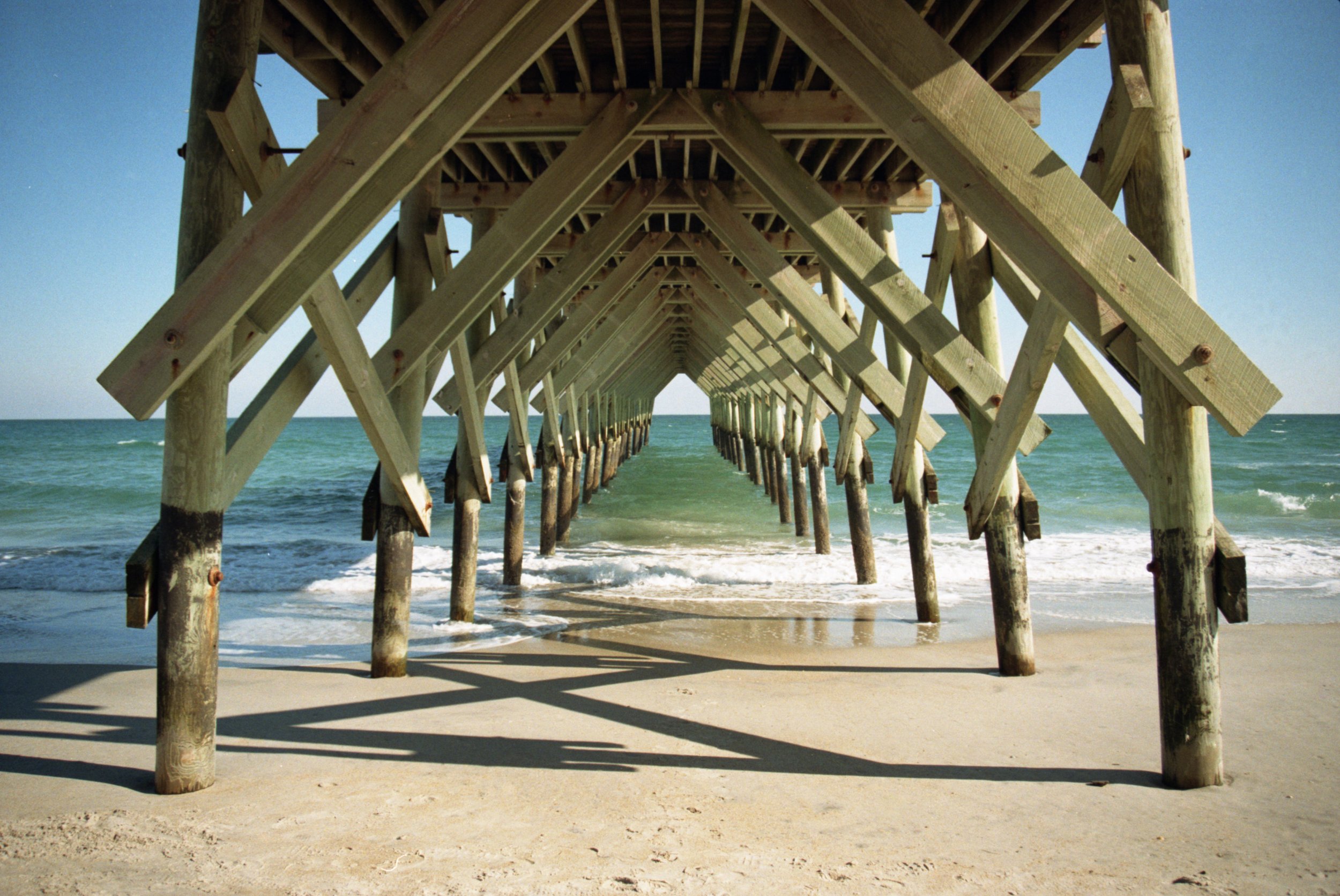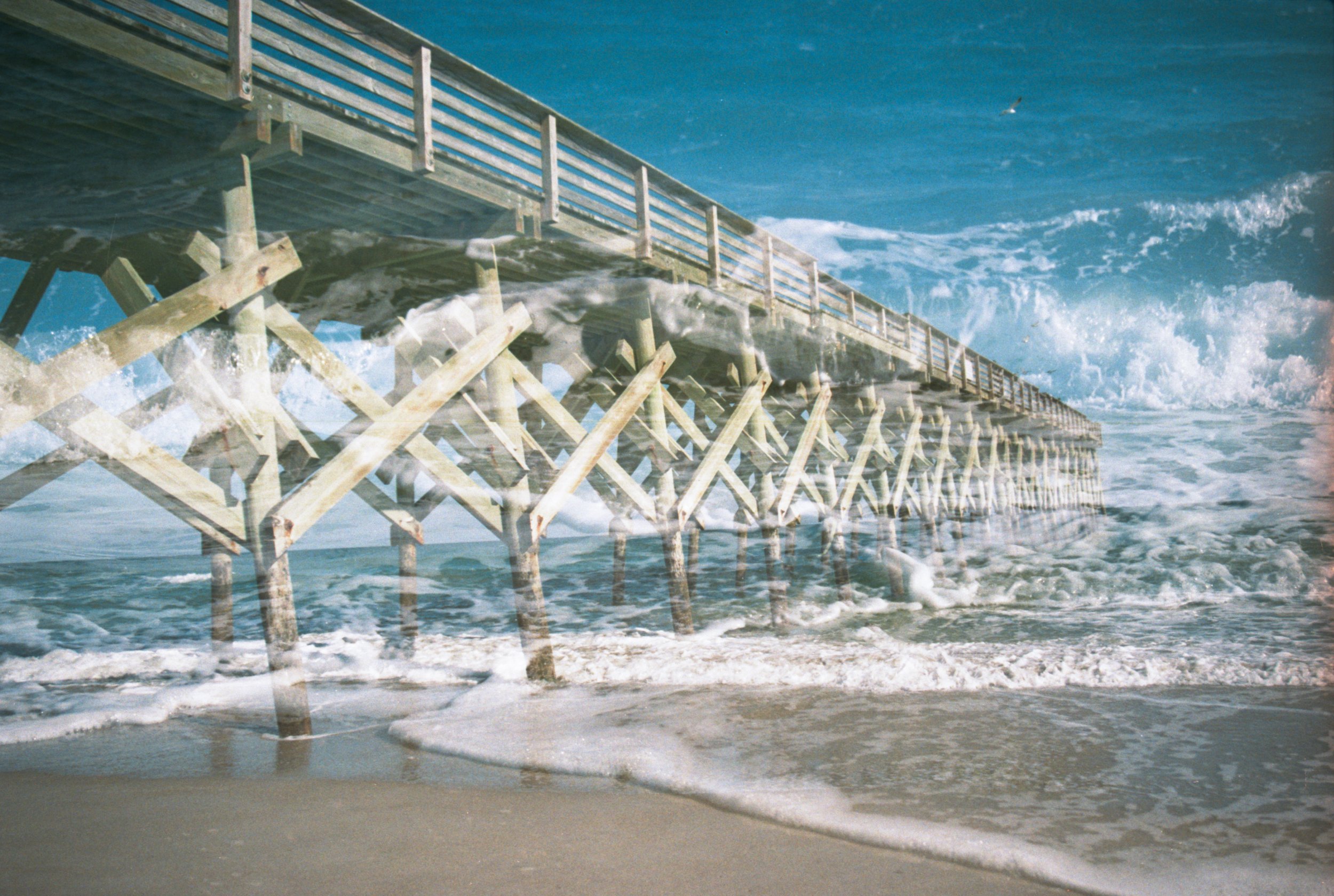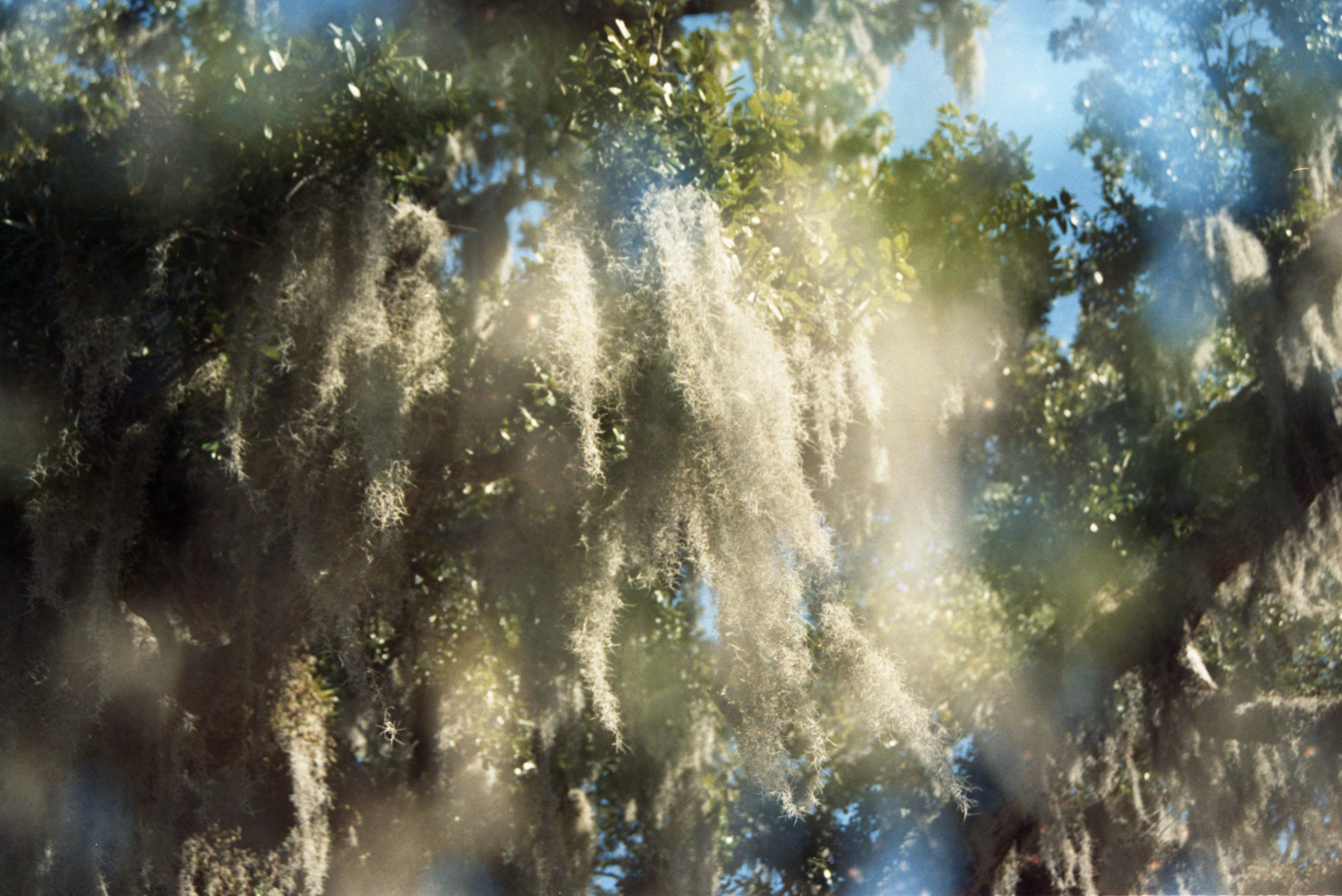ENDLESS SHOOTING SETTINGS
One of the best things about cameras like the Canon Rebel G and the Canon Rebel K2 is that you have a million creative settings to choose from if you want to experiment. Some of the settings include: portrait, landscape, macro, sports mode and night mode. And then of course, aperture priority, shutter priority and full manual if you want to challenge yourself as a photographer. Personally, I’m an aperture priority kind of girl, so I tend to stick on that setting for the most part. There’s also red-eye reduction, a self-timer and film-rewind options. Honestly, it has pretty much every single function you can think of in a camera.
FINAL THOUGHTS
While the Canon Rebel G isn’t the fanciest camera in the land, you get a serious bang for your buck with this camera. It runs about $50-150 depending on the condition of the camera. The images aren’t the sharpest with the kit lens, but if you use a low ISO film, such as Kodak Gold 200 or Lomography Color 100 film (which I used for the photos in this post), you can kind of trick people into thinking you’ve got a super sharp lens. :) Or if you already have an EF mount Canon lens, definitely try that out! You won’t get the quality of images that you might find with a Canon AE-1 Program or Nikon FE2, but if you’re a beginner film photographer looking to learn the ropes before investing in a more expensive camera, this is a great option. Plus, both of those cameras don’t have autofocus, so I don’t typically recommend them for people who are just getting into film photography. I tend to recommend cameras like the Canon Rebel G, Canon Rebel K2 or Minolta Maxxum STsi for beginners.
If you’ve stumbled upon the Canon Rebel G in a thrift store or at a yard sale, consider yourself lucky! It’s a super fun camera and might even just become your favorite. It’s so versatile and straightforward that it’s kind of impossible to hate it. The fact that my mom was able to use it throughout my childhood without any photography knowledge, proves that. Some of the photos she took with this camera are our most treasured family photos! So yes, maybe I’m biased towards this camera just a little. :)
I’ve included sample photos below, so make sure to scroll down!
WHERE TO BUY THE CANON REBEL G:
Amazon
Etsy
eBay
KEH Camera
Quantaray 28-90mm f/3.5 lens lens (uses EF mount):
Ebay
Etsy
35MM FILM RECOMMENDATIONS:
Kodak Gold 200
Lomography Color 400
Lomography Color 100
Kodak Portra 160
Kodak Portra 400
Kodak Colorplus 200
If this review helped you in any way, I’d love for you to consider subscribing to my YouTube channel or signing up for my Patreon! For as little as $1 a month, you can get access to unreleased photographs that I don’t share anywhere else, as well as early access to my YouTube videos. And depending on which tier you choose, you can receive seasonal prints and other fun surprises!
Thanks so much for stopping by! And don’t forget to stop by my Amazon storefront for more camera/film recommendations. :)
<3 Myles Katherine
(By using the links and/or codes above it supports Myles Katherine Photography. We may get a small kick back by you doing so.)
(click photos to enlarge)







































